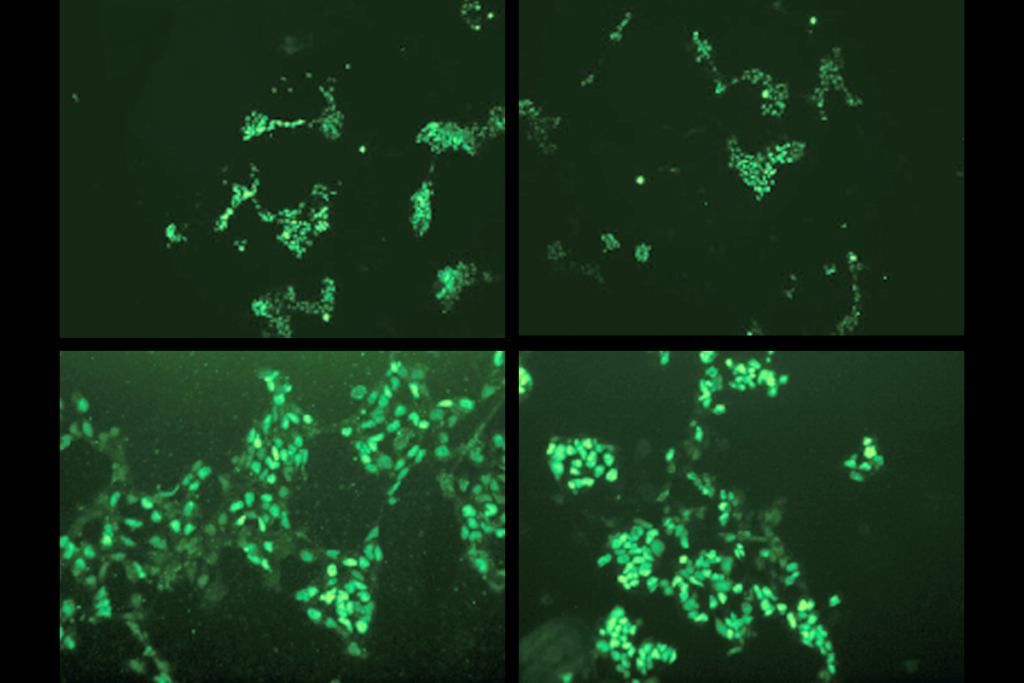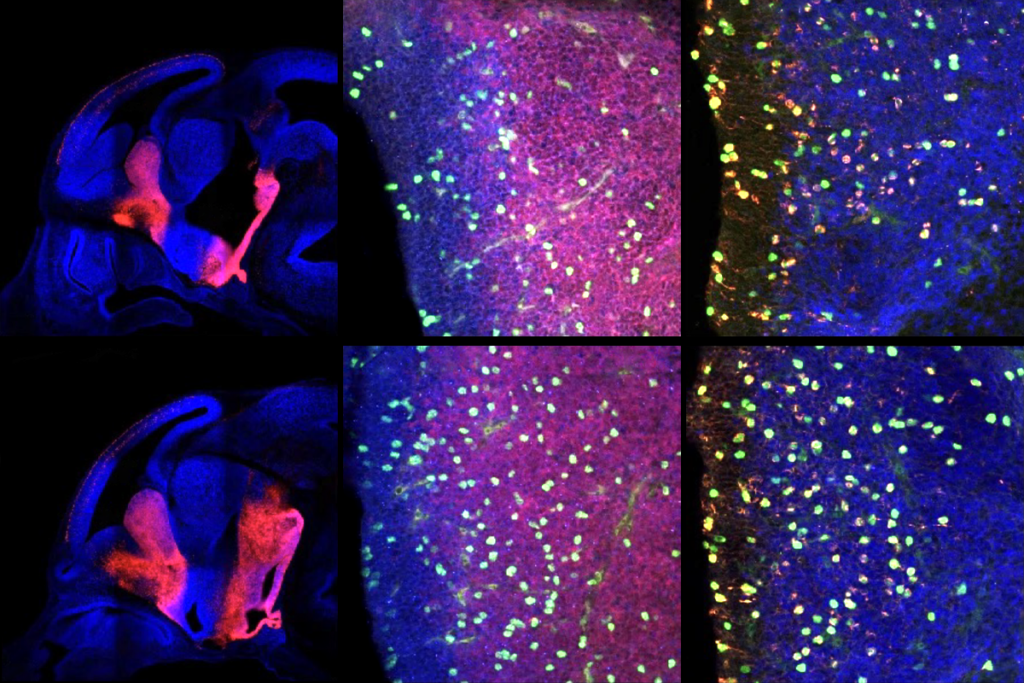Autism in fragile X syndrome tied to seizures, sleep problems
In people with fragile X syndrome, autism is often accompanied by seizures, trouble falling or staying asleep and anxiety.

In people with fragile X syndrome, autism is often accompanied by seizures, trouble falling asleep and anxiety, a new study suggests1.
Fragile X syndrome is an inherited form of intellectual disability. Small studies and family surveys have hinted that people who have both fragile X and autism have more neurological and behavioral problems than people who have fragile X alone2. The new findings confirmed these observations in more than 200 people with both conditions.
“The study is the first large-scale study of autism spectrum disorder in fragile X syndrome,” says lead researcher Walter Kaufmann, Ravenel Boykin Curry Chair in Genetic Therapeutics at the Greenwood Genetic Clinic in Greenville, South Carolina.
The researchers used data from a database called the Fragile X Online Registry With Accessible Research Database (FORWARD). The study included analysis of clinical records and parent reports for 556 individuals with fragile X, aged 3 to 21, from 25 clinics across the United States. Of those individuals, 237 also have autism.
“The size and the geographical diversity [of the population] are real strengths,” of the study, says Leonard Abbeduto, director of the MIND Institute at the University of California, Davis, who was not involved in the work.

Age matters:
More than 20 percent of people with fragile X and autism have seizures, compared with about 8 percent of those with fragile X alone. Likewise, about 41 percent of people with both conditions are treated for sleep problems, such as falling and staying asleep, compared with about 30 percent of those with only fragile X.
The gap is largest for individuals aged 12 to 21 years: In this age group, 31 percent of those with fragile X and autism have seizures and 41 percent are treated for sleep problems, compared with 11 percent and 16 percent, respectively, among those with fragile X alone.
Anxiety is nearly universal among those with both conditions in this age range, but is at 87 percent for those with fragile X alone. By contrast, there is no difference in the prevalence of mood swings or depression between this age group and younger children.
No matter their age, people with both conditions are about twice as likely to take antipsychotic medications such as aripiprazole than are those with fragile X alone. (These drugs are commonly prescribed to treat irritability and aggression in autism.)
Among individuals aged 5 to 21, both groups are equally likely to receive applied behavioral analysis (ABA) and other treatments, such as social skills therapy, for autism features. In both groups, less than 20 percent of children receive ABA, however. Kaufmann says he expected this number to be higher because ABA is the standard treatment for autism.
But clinicians may not see it as a fragile X treatment, says Abbeduto. “There’s no evidence right now that ABA is necessarily the most appropriate intervention for people who have both fragile X and comorbid autism,” he says.
The study was published in June in Pediatrics.
References:
Recommended reading

Changes in autism scores across childhood differ between girls and boys

PTEN problems underscore autism connection to excess brain fluid

Autism traits, mental health conditions interact in sex-dependent ways in early development
Explore more from The Transmitter

Inhibitory cells work in concert to orchestrate neuronal activity in mouse brain
Aran Nayebi discusses a NeuroAI update to the Turing test
